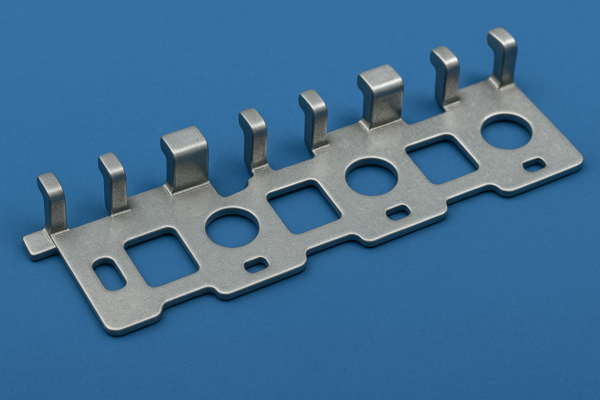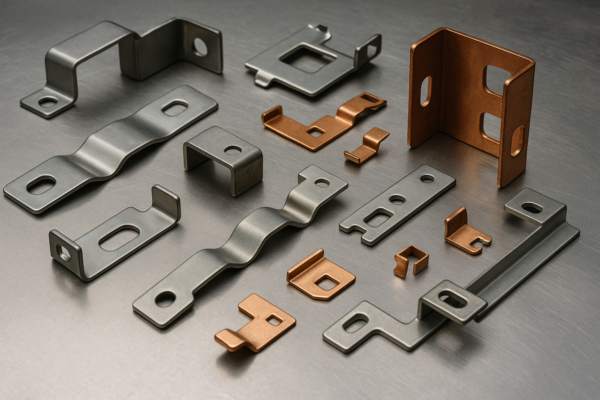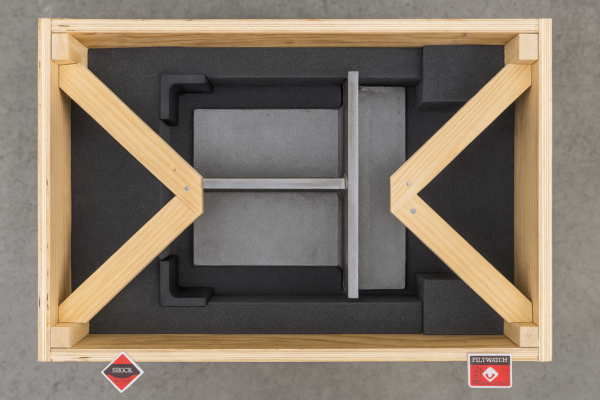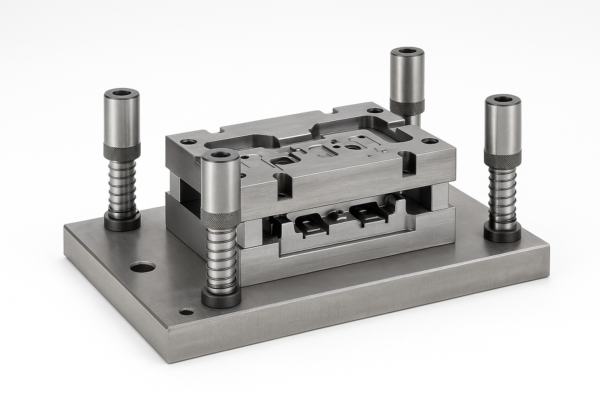Why Does Magnesium Burn White?
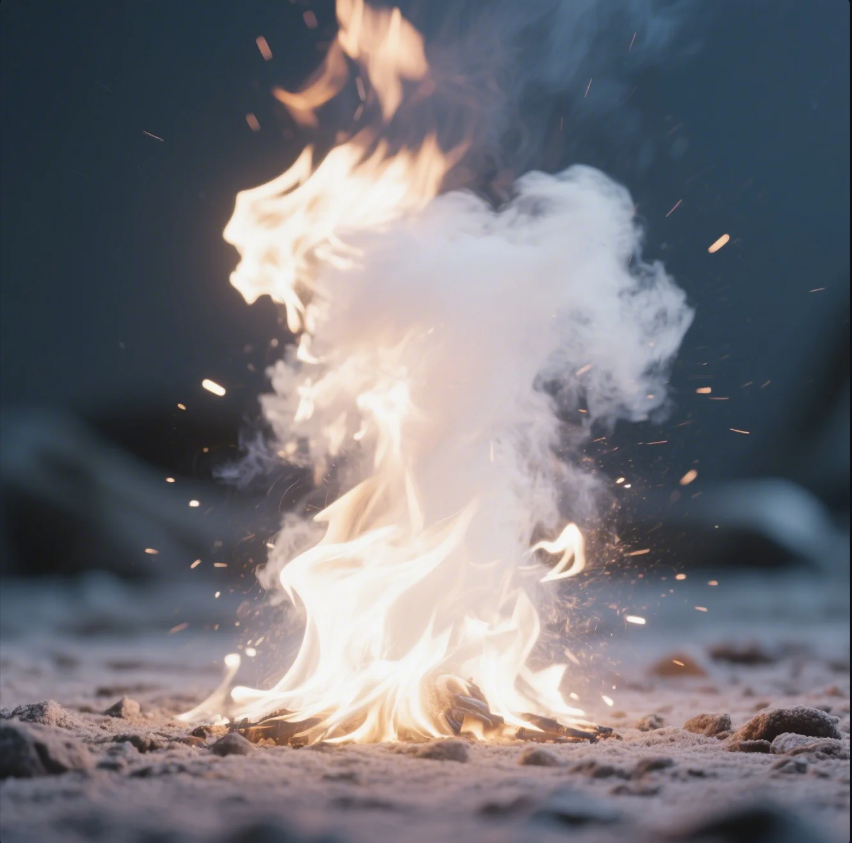
Magnesium burns fast, hot, and intensely white — but what’s behind the glow?
Magnesium burns with a bright white flame due to its high-temperature oxidation reaction that emits light across the visible and ultraviolet spectrum.
Keep reading to understand the science, safety, and industrial relevance of magnesium’s brilliant burn.
Why does magnesium turn white when heated?

When you heat magnesium, it doesn’t just melt — it glows.
Magnesium turns white when heated because it rapidly oxidizes, forming white magnesium oxide powder.
The process explained:
- Magnesium reacts with oxygen when heated to about 473°C (883°F).
- This reaction produces magnesium oxide (MgO), a bright white ash-like solid.
- The combustion releases a tremendous amount of visible and ultraviolet light.
| Step | Result |
|---|---|
| Heating starts | Metal glows red, then white-hot |
| Combustion occurs | Bright white flame appears |
| Final residue | White powder (MgO) |
At Prime, we monitor all thermal exposure conditions closely during CNC零件精准加工 involving magnesium to avoid unwanted oxidation or discoloration during storage or processing.
What is the white smoke when burning magnesium?
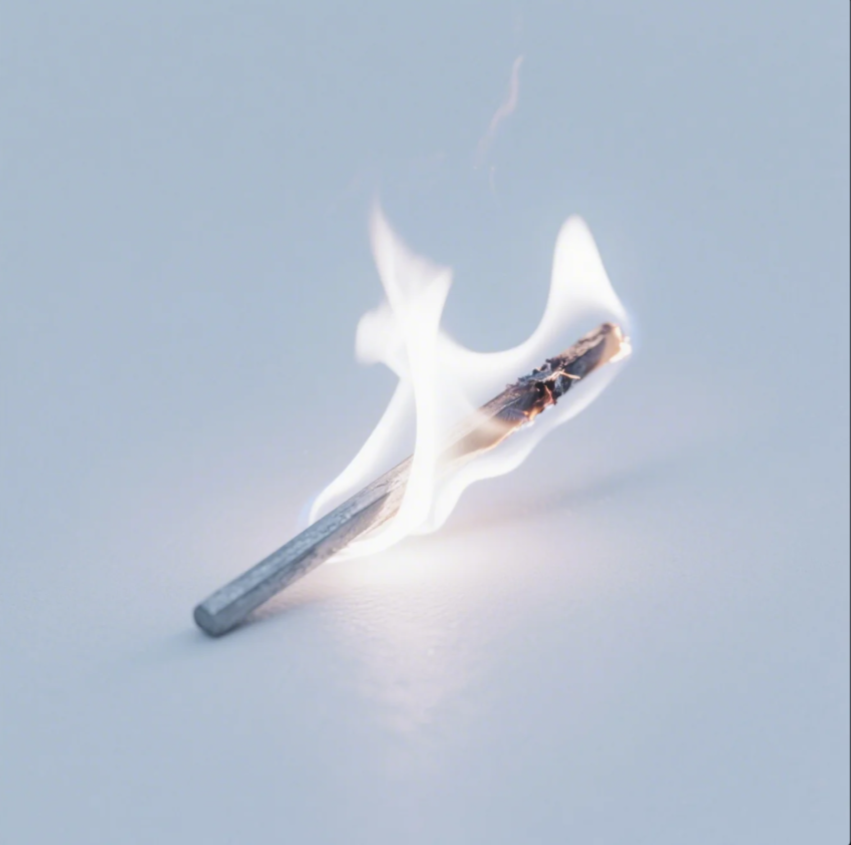
Magnesium seems to smoke during burning — but what’s that white cloud?
The white smoke is mainly fine magnesium oxide particles suspended in the air after combustion.
What happens chemically:
- The bright flame vaporizes some of the metal.
- As it cools, the magnesium vapor reacts with oxygen, forming a cloud of MgO particles.
- These tiny white particles look like smoke but are actually solid dust.
| Component in Smoke | Description |
|---|---|
| Magnesium oxide (MgO) | Primary white substance |
| Unburned particles | Trace remnants of raw metal |
| Light scattering | Enhances the smoky appearance |
At Prime, we use vacuum extraction and air filtration systems around our ISO认证铸造零件厂家的镁加工区域,最大限度减少空气中悬浮物,保障员工健康和产品洁净度。
Why does magnesium burn so bright?
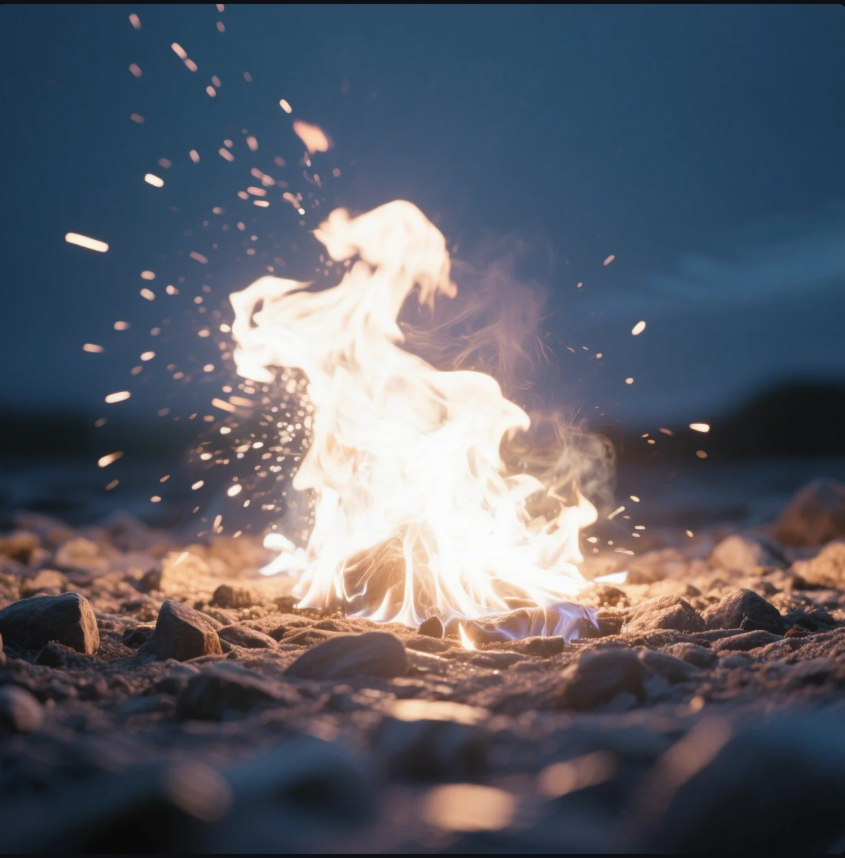
It’s more than heat — magnesium burns with intensity that’s hard to ignore.
Magnesium burns brightly because it emits energy in both visible and ultraviolet wavelengths during its exothermic oxidation.
Energy dynamics:
- Magnesium releases over 3,000°C of heat when burning.
- The excited atoms emit light across the full visible spectrum and deep into UV.
- This broad emission gives the flame a pure, intense white appearance — brighter than many other metals.
| Comparison | Flame Brightness | Color |
|---|---|---|
| Magnesium | Very High | White + UV |
| Aluminum | High | White |
| Steel | Moderate | Orange-yellow |
| Copper | Moderate | Green-blue |
In our 定制冲压件供应商项目中,如果涉及镁材料热处理,我们始终采用密闭高温设备,结合自动感应控制,防止意外点燃并保持成品颜色一致性。
Why does magnesium have a white flame?
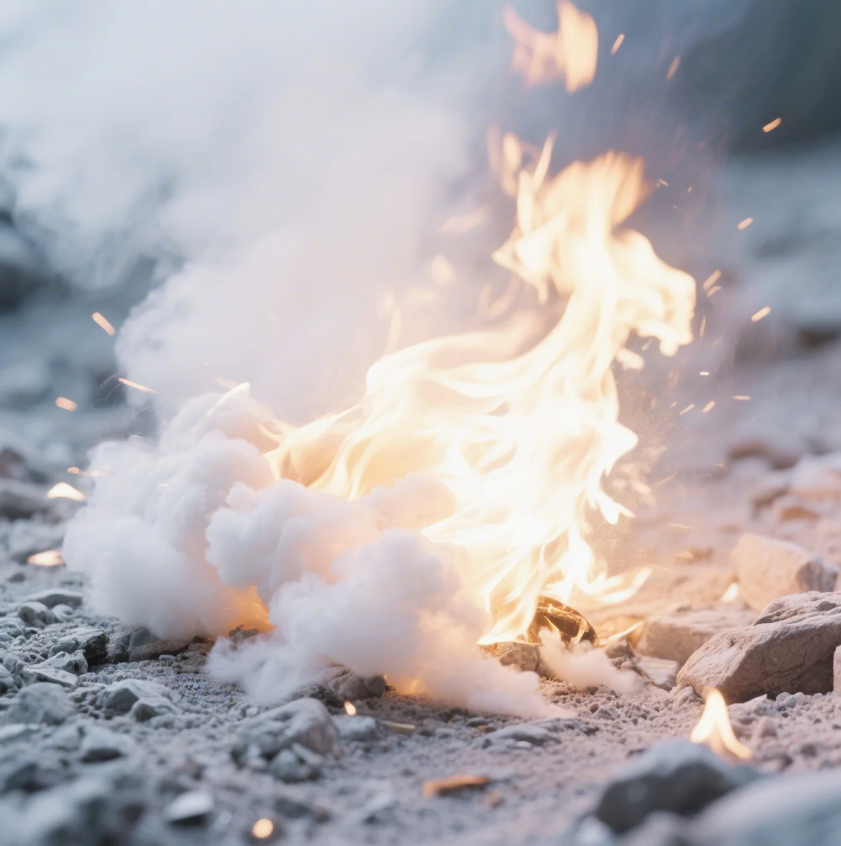
Most flames have color — yellow, blue, orange — so why is magnesium’s flame pure white?
The magnesium flame is white because it emits a broad range of light wavelengths at very high temperatures, combining to form white light.
Scientific explanation:
- White light is a combination of all visible colors.
- Magnesium’s burning energy excites its electrons, which release light across nearly all visible frequencies.
- The high temperature ensures minimal impurities or cooler tones like red or orange.
| Metal Flame Color | Reason |
|---|---|
| Magnesium (White) | High-temp broad spectrum emission |
| Sodium (Yellow) | Specific electron transition |
| Copper (Green) | Element-specific energy levels |
Prime incorporates magnesium’s unique optical characteristics into 一站式零件加工方案 for clients in optical, sensor, or aerospace industries where light reflectivity or UV resistance is crucial.
Visual guide:

Comparison of metal flame colors — magnesium’s intense white light stands out
结论
Magnesium burns with a white flame due to its intense oxidation and broad-spectrum light emission, forming bright white magnesium oxide.
Need high-performance magnesium parts with exacting safety and quality standards? Contact Prime now! We deliver fast, certified, and custom-engineered magnesium solutions — send your inquiry today and get a free quote!

